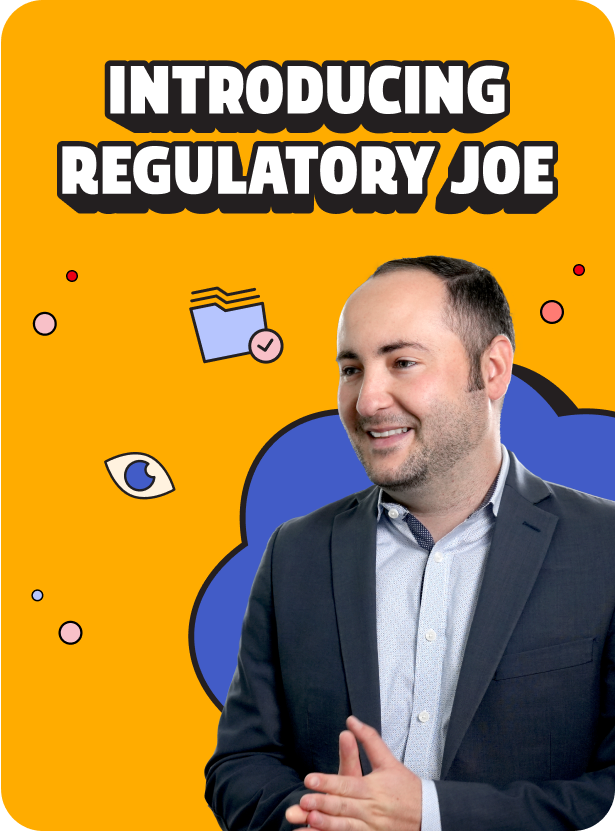Third-party administrators (TPAs) sit at the center of a rapidly changing benefits ecosystem. Federal rulemaking delays, state-level expansion into ERISA territory and rising client expectations are reshaping how TPAs operate.
In this episode of Regulatory Joe, Joe Boyle is joined by Jennifer S. Berman, Chief Legal Officer at Lumelight, to explore how TPAs can strengthen operations, develop their next generation of talent, and stay ahead of shifting regulatory lines.
Operational Excellence: The Foundation of TPA Compliance
For TPAs, consistency is everything. ERISA claims procedures depend on repeatable, measurable processes that can withstand both audit and scale. Operational excellence means doing the fundamentals right—every time.
Technology and AI can streamline workflows, but they can’t replace the discipline behind them. When processes are standardized and tracked with clear metrics (ex. accuracy, turnaround time, first-call resolution), compliance becomes the natural outcome.
Training and Workforce Development for the Next-Gen TPA
A new generation is entering the TPA industry as experienced ERISA experts retire. The challenge isn’t just hiring—it’s teaching judgment.
Modern training should focus on core concepts like deductibles, exclusions and coordination of benefits, not memorizing plan details. Employees who understand the “why” behind benefits can adapt faster and make better decisions.
To build a future-ready workforce:
- Redefine training goals: Focus on concepts and critical thinking rather than memorization.
- Create mentorship pipelines: Capture institutional knowledge from experienced staff before it’s lost.
- Invest in communication coaching: Develop empathy, listening and de-escalation skills for member-facing teams.
- Use technology intentionally: Leverage tools for accuracy and data retrieval—never as a substitute for judgment.
Soft-skill training also matters. Teaching teams how to communicate, de-escalate and resolve issues on the first call improves member satisfaction and strengthens reputation. The result: fewer errors, better retention and a stronger foundation for future growth.
Navigating TPA Regulation and ERISA Preemption in 2026
State regulators continue to expand their reach into PBM and TPA activity, creating uncertainty around ERISA preemption. This trend shows no sign of slowing—and TPAs need to stay alert.
Even temporary federal slowdowns, such as government shutdowns, can create enforcement surges later. Maintaining active monitoring of state mandates, federal rulemaking and licensure requirements ensures that teams are ready when oversight resumes.
The most resilient TPAs treat compliance monitoring as an ongoing operational function—not a quarterly task—supported by the right technology and cross-functional expertise.
Future-Focused TPA Strategies for Compliance and Growth
- Treat process as a strategy: Build standardized, documented workflows that turn compliance into your competitive edge.
- Modernize training: Focus on fundamentals, critical thinking and soft-skill development, not plan-by-plan modernization.
- Preserve institutional expertise:Formalize knowledge transfer and mentorship before key experience is lost among staffing changes.
- Strengthen your compliance intelligence: Track and interpret state-level changes regularly, and assess how each new rule could affect your operations.
- Prove fiduciary diligence: Incorporate periodic operational and eligibility reviews to validate compliance and reduce risk exposure.
Operational excellence, workforce readiness and regulatory vigilance will define the next chapter of TPA leadership. Those who invest in all three—equally and intentionally—will be the ones best positioned to thrive in the evolving landscape.










